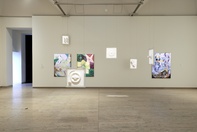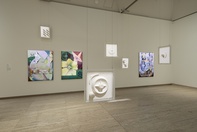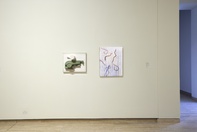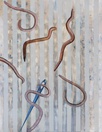Madeleine Kelly
Dharawal Country, Wollongong, New South Wales
2023
Displayed 2023 at Art Gallery of New South Wales
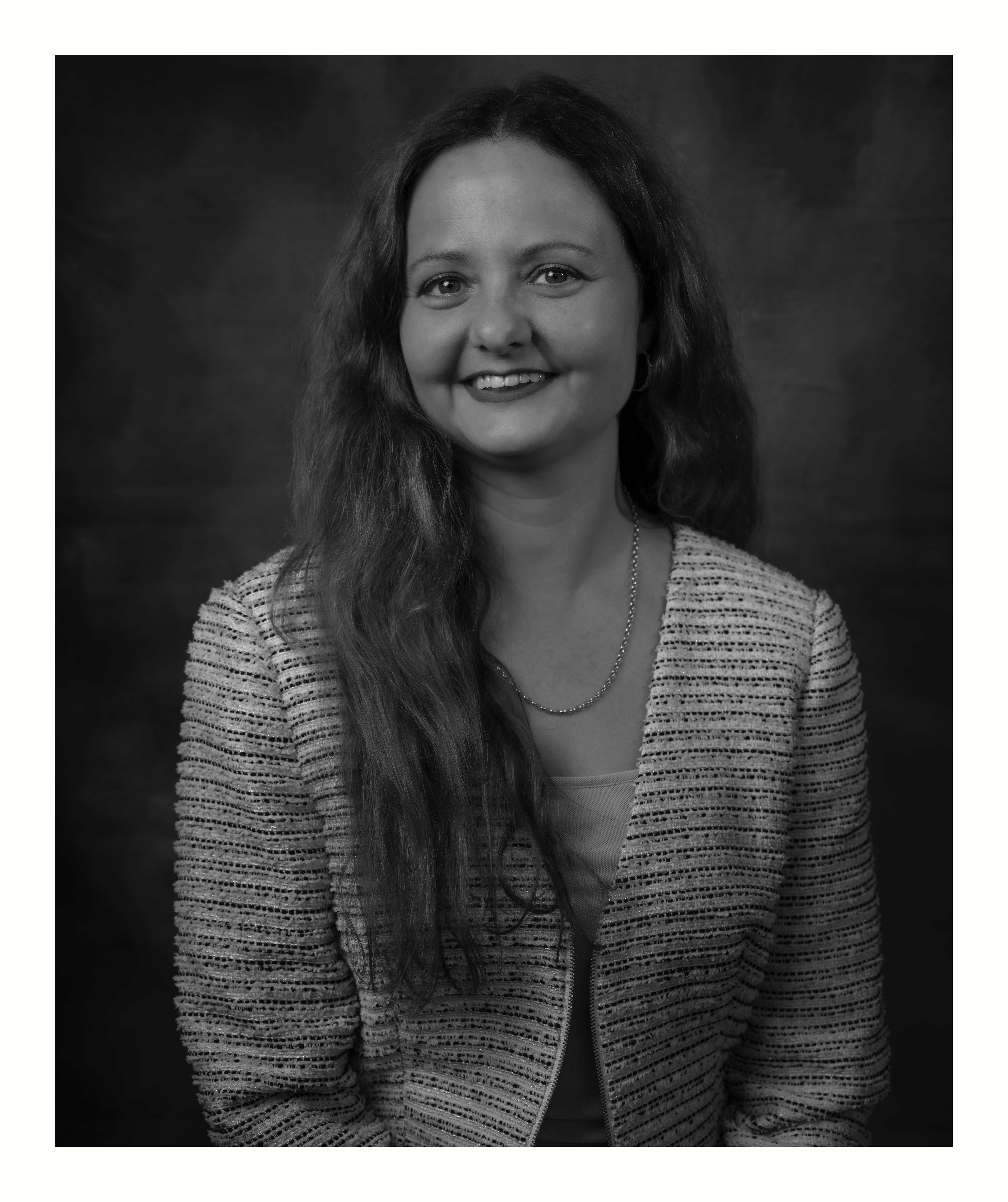
Madeleine Kelly
Born 1977 Freising, Germany.
Lives and works Dharawal Country, Wollongong, New South Wales.
Madeleine Kelly’s work engages with human encounters with ‘nature’ and elemental forces. Bringing together figuration and abstraction, her practice is a mixture of the cosmic and the material. It explores the many, often ineffable, points of contact between people, animals, and plants, such that the material world is transformed in rich and absorbing fantasy. Her paintings can best be described as visual and tangible emanations of science, myth, and magical realism in literature: poetic and paradoxical yet always grounded in sensory, lived experience. They often expand with other mediums, in which there is a happy collision between the tactile and the ephemeral.
Photograph: Anna Kučera
Artist text
by Tai Spruyt
In 2018, while working in her studio in Wollongong, Madeleine Kelly stepped outside into the garden. Noticing pumpkin plants in bloom, she began manually pollinating their vessel-like flowers using her paintbrush. This experience inspired The Pollinator (2018), a self-portrait where linear figures wielding paintbrushes are interspersed with geometric pumpkin flowers, recalling the futurist blooms of Giacomo Balla. Human engagement with the natural world and oblique references to art history are recurring themes throughout Kelly’s practice. Speaking of her work, she notes that' making art is a poetic process that entwines meaning and transforms matter, heightening our sensibility to our entanglement with the living planet.’ (1)
Kelly is a prolific artist whose multi-faceted practice is driven by intensive research, interrogating the links between nature, science, myth, and magical realism through processes that reflect the cyclical ecology of a garden. The seeds of ideas are collected from the outcomes of previous projects and cultivated in the rich soil of her studio practice, before germinating and developing into new works in a continual rhythm of renewal.
An example of this regenerative paradigm can be seen in Bird projects (2014–ongoing), where Kelly uses Tetra Paks painted with encaustic wax to create sculptural bird forms. These are an exploration of consumerism and the commodification of nature, simultaneously influenced by the minimal colour abstractions of Ellsworth Kelly. In turn, the flat, geometric planes of the bird sculptures led Kelly back to the canvas, where she used isomorphic grids comprised of triangular shapes to incorporate rectilinear forms into her paintings.
In recent years, grids, nets, and web patterns have appeared with increasing frequency throughout Kelly’s practice. The linear structures relate to the symbols, motifs, and meanings woven into the fabric of Peruvian textiles, a part of her cultural heritage. Treating the isomorphic grid like the tensioned warp threads of a loom, Kelly interweaves abstraction and figuration with her brush. Forms found in nature, such as insects and flowers from her garden, take on a crystalline aspect in sensory images that appear almost three dimensional.
For The National 4, Kelly has created a series of paintings that continue to investigate humanity’s exploitation of the natural world. During a recent visit to Ravenna, Italy, Kelly was drawn to the geometric figuration in Byzantine mosaics, noting that ‘there is a sense of mimetic energy between the shimmering tiles and their structural affinities; the gridded abstractions and colours seem to vibrate with their own internal logic.’ (2) Her interest in the representation of invisible phenomena, whether scientific or spiritual, is evident in Formless Forms (2022), where Kelly contemplates ideas of iconoclasm and the use of abstract or indeterminate shapes in the representation of spirituality. Curvilinear earthworms stretch across the canvas, reflecting Dionysius the Areopagite’s belief that the worm was an appropriate representation of the divine, which is present in all things no matter how humble their form or shape.
Pelican analogues (2023) is similarly inspired by Kelly’s time in Ravenna, borrowing the form of a helix that appeared in many of the Byzantine mosaics. Within this spiralling framework, Kelly depicts a human figure embracing a pelican alongside abstracted nasturtium leaves. The intertwining bodies undergo an alchemical transformation, assuming elements of the other’s form while they float against a backdrop of eddying currents and visceral layers. Kelly’s evocative paintings present the viewer with glimpses into alternate worlds, which are open to interpretation and overflowing with possibilities.
(1) Madeleine Kelly, artist’s website, https://madeleinekelly.com.au/works/
(2) Correspondence between the author and artist, 7 November 2022.
Artist's acknowledgements
The artist thanks Sydney College of the Arts, University of Sydney and acknowledges the assistance of Canbora Bayraktar.
